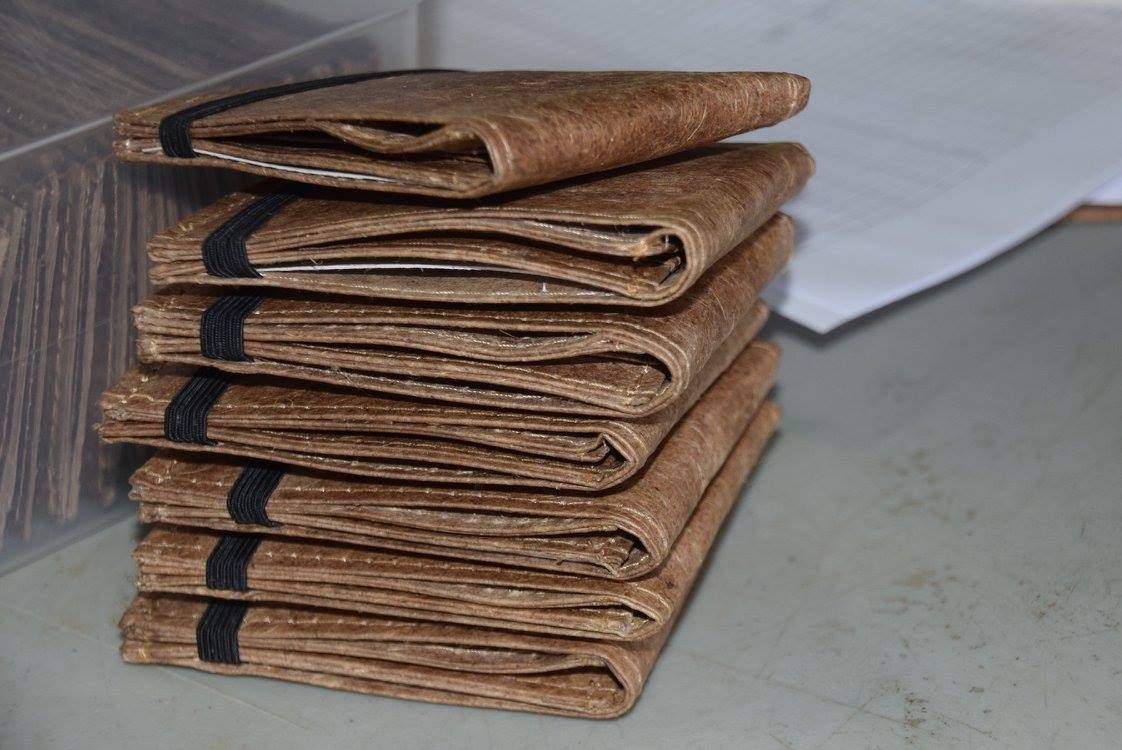Day in the Life: Kosrae, Micronesia
 Guest Post and Photos by Claudia Danford
Guest Post and Photos by Claudia Danford Welcome to Kosrae, a small island in Micronesia where I’ve wisely decided to spend part of my gap year between high school and university. It was my cousin who initially came to Micronesia ten years ago for WorldTeach. In 2014, he founded the Green Banana Paper Company, an eco-factory making wallets from the fibers of banana tree trunks that would otherwise rot. Matt now has 25 employees and is one of the largest private employers on the island. While Kosrae itself is not a big travel destination, certainly not compared to the other islands in the Pacific region, I hope to give you a taste of “island life” through this blog post.
I grew up in a small town in western Massachusetts, far from the ocean and jungle. Now I’m smack dab in the middle of the Pacific with 6,600 people and a bunch of tropical fruit. I am outside the realm of any past experiences. My days consist of surfing, scuba diving, consuming lots of coconuts and bananas (many varieties of bananas!), learning to speak Kosraean, and hiking in the jungle to waterfalls. Living in this land of piercing sun and luscious green, soaking up local culture, working in the eco-commerce world at Green Banana Paper, and writing for its website have been wonderful learning experiences.
Kosrae is part of the Federated States of Micronesia, comprised of Kosrae, Yap, Pohnpei, and Chuuk. The USA gives FSM money for education and government, and, in return, America gets land, air bases, and water for military use. Big ships deliver goods every few weeks, and there are four flights a week: two towards Hawaii and two towards Guam.
Most mornings, I amble out of bed to the colorful, expansive Pacific Ocean and let the waves and sun awaken me. I have also loved scuba diving since being introduced to it here. On one of my first boat rides to a scuba diving site, dolphins swam in front of the boat for a while, just another friendly reminder of all of the beautiful and vibrant life that surrounds this little gem of an island. I later went diving in Lelu Harbor to find two shipwrecks. Apparently there are four ships and two or three planes from World War II in the Harbor. The visibility was very poor because the bottom is murky, but swimming around was wild and somewhat eerie. Above the water are the beautiful lush green mountains and picturesque views, but underneath the remnants of war. Quite a contrast.
 One Saturday afternoon, I was reading in my hammock, hung between coconut trees at the beach, when I noticed a little girl of around 5 years old curiously looking at me. She giggled and came closer, and started drawing in the sand. We ended up playing together for a while, drawing in the sand and swinging in the hammock. She fanned through the book I was reading, looking at the pages and excitedly pointing out pictures. She also climbed a little ways up a coconut tree and jumped into my arms, then ran back to the base of the tree to climb again, and again, and again. She constantly chatted in Kosraean and I only understood a small fraction of what she said. I am now very motivated to improving my skills with the local language. We mostly laughed together; I used Kosraean when I could.
One Saturday afternoon, I was reading in my hammock, hung between coconut trees at the beach, when I noticed a little girl of around 5 years old curiously looking at me. She giggled and came closer, and started drawing in the sand. We ended up playing together for a while, drawing in the sand and swinging in the hammock. She fanned through the book I was reading, looking at the pages and excitedly pointing out pictures. She also climbed a little ways up a coconut tree and jumped into my arms, then ran back to the base of the tree to climb again, and again, and again. She constantly chatted in Kosraean and I only understood a small fraction of what she said. I am now very motivated to improving my skills with the local language. We mostly laughed together; I used Kosraean when I could.All in all, I encourage you to consider being “active travelers” and explore the Western Pacific and the greater Pacific region if you have the chance. Kosrae is known as the Island of the Sleeping Lady because its collection of mountain peaks resembles a sleeping lady. The beauty of this region is breathtaking, and embracing the island culture is fulfilling my goal of experiencing a vastly different way of life.
